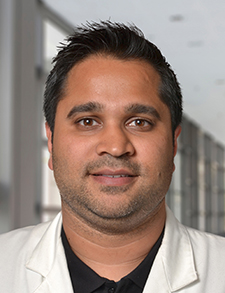Clinical question: Can an interprofessional quality improvement team reduce the use of nil per os (NPO) after midnight orders prior to inpatient diagnostic and therapeutic procedures requiring anesthesia or sedation?
Background: Evidence suggests that the aspiration risk is actually quite low for many diagnostic and therapeutic procedures requiring anesthesia or sedation. Current guidelines support reducing fasting durations prior to these procedures, however, the use of NPO after midnight is still common practice. This practice results in unnecessarily long NPO durations and results in adverse effects.
Study design: Single-arm pre-post interventional study
Setting: Single academic health system; University of Texas Medical Branch
Synopsis: An interprofessional quality-improvement team was created to identify and reduce the use of unnecessary NPO after midnight orders. The team revised outdated protocols and updated electronic health record order sets for diagnostic procedures that did not require fasting. Pre-procedure clear liquid diets, nurse-driven NPO protocols based on procedure start times, and focused staff education were also implemented. The goal of a 50% reduction in NPO orders was achieved almost immediately and was sustained over two years. This reduction was further amplified when focused re-education was implemented.
It is difficult to ascertain which components of their strategy were most impactful. The authors report mostly changes in diagnostic-procedure NPO orders but did not outline what percentage of the effect was attributable to changes in therapeutic-procedure interventions, which the introduction focused on. As this is only a single-center study and their pre-intervention diagnostic protocols could be significantly different from other institutions, it may be difficult to generalize the ability to significantly reduce NPO after midnight orders using this approach at other institutions.
Bottom line: The creation of a multidisciplinary quality improvement team to address the overuse of NPO after midnight orders was a successful intervention at this academic institution, however, it is unclear what proportion of the reduction was driven by each component of their multifaceted approach.
Citation: Hommel E, et al. Reducing the use of nil per os past midnight for inpatient diagnostic and therapeutic procedures: a quality improvement initiative. J Hosp Med. 2023;18(5):375-81.

Dr. Jamie Patel

Dr. Chirag Patel
Drs. Patel and Patel are clinical assistant professors in the division of hospital medicine at The Ohio State University Wexner Medical Center in Columbus, Ohio.